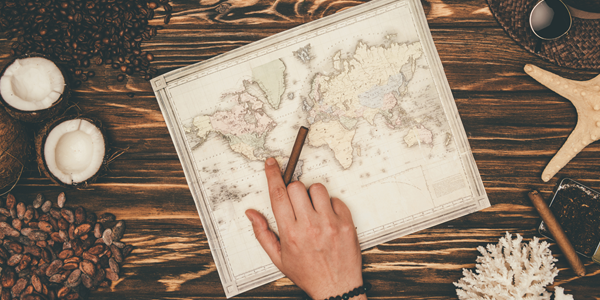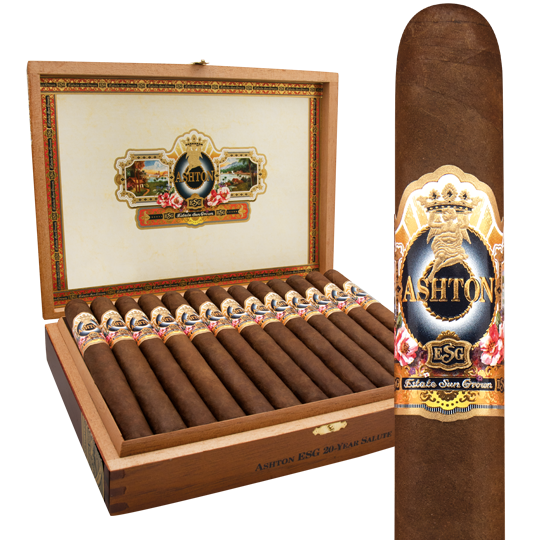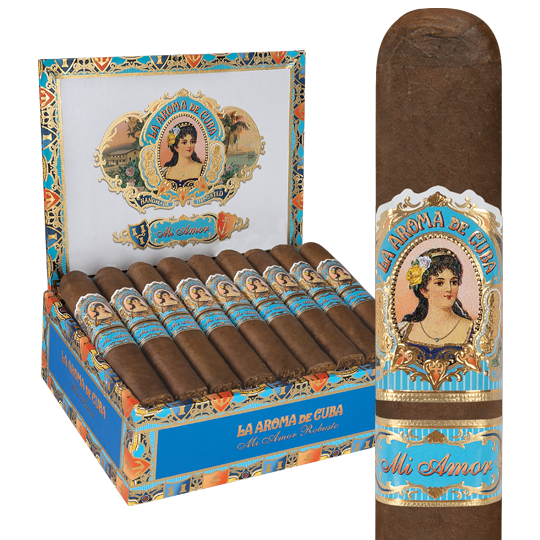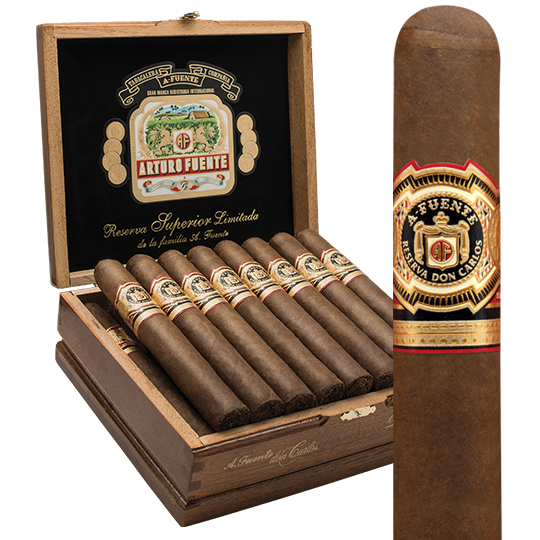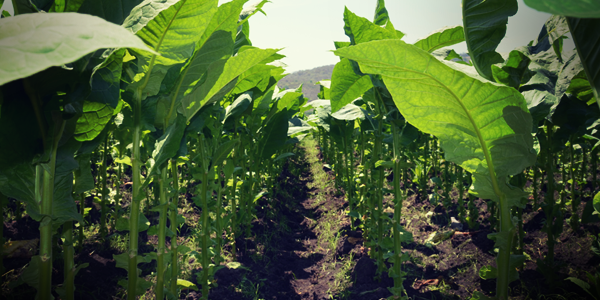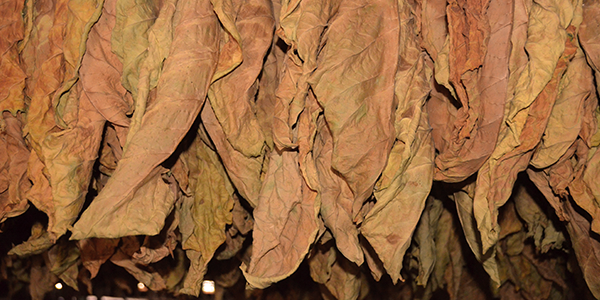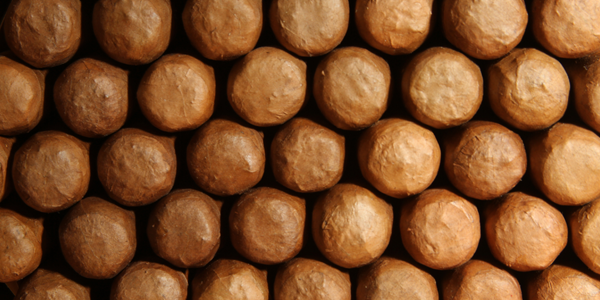Cigar Tobacco Growing Countries & Regions
We already have reliable historical information that tobacco was grown and used throughout the Americas as early as the 10th century. As indigenous peoples migrated, they took tobacco seeds with them. So, we shouldn’t be surprised that tobacco is once again being cultivated in places that two decades ago we might not have associated with cigars. The true benefit of having multiple sources of cigar tobacco is the opportunity to explore blends that we can all enjoy and also guard against shortages in any one country. Still, the vital skill and knowledge of how to make cigars continues to reside in just a few nations. Here’s a little bit of a guide to cigar producing countries you might not have thought of and a few suggestions of what to try.
Cuba
Cuba is perhaps the agreed-upon motherland of cigar production. The premium smokes we all enjoy, no matter where they’re made, are unquestionably guided by the traditions of Cuban cigars. Cuban tobacco growing is concentrated in the western part of the island, in the state of Pinar del Rio. More specifically, the Vuelta Abajo area is where the soil has been cultivated for many generations to produce the relatively strong leaves that also generate spice and floral notes when blended properly and rolled, for example, into the iconic Montecristo No. 2. When the crop is right, the leaves are noticeably elastic and lend themselves brilliantly to the process of rolling that takes place mostly in and around Havana.
Dominican Republic
Of course, Cuba is also famous for its revolution in 1959 that subsequently led to the exodus of cigar makers to neighboring countries like the Dominican Republic (DR). Using Cuban seed varieties, the DR became a strong locus of cigar production, especially beginning in the 1970s. Today, some of the world’s best made cigars come mainly from the Santiago region in the northern part the country. When the Fuentes created the Fuente Fuente Opus X, the world was shown that any kind of tobacco could be grown in the DR and that the soil there had its own appealing characteristics, generally thought to be a little less strong than Cuban leaf, but very rich in flavor. Brands like Partagas, Romeo y Julieta and Montecristo are all non-Cuban versions made in the DR. (And I always like to mention that my favorite, the Ashton ESG, is made there too.)
Nicaragua
Nicaragua has a long history of cigar-making, but it’s really in the last decade that many have accepted that it might be the country where the best cigars are being consistently made right now. Go ahead, argue about that for a couple of hours while I tell you that Padrón, My Father, Ashton Symmetry, La Aroma de Cuba, Oliva, and San Cristobal are among the highly rated cigars made there. There is a lot of power in Nicaraguan leaf, but over the years, many advances have been made in growing and using Connecticut and Habano wrapper in Nicaraguan smokes. Estelí is the cigar capital of Nicaragua, and well worth a visit.
Honduras
Honduras shares a border with Nicaragua and on either side of the line is where a lot of tobacco fields can be found. Camacho is produced in Honduras with tobacco sharing traits with that grown in Nicaragua. During the Sandinista revolution, Honduras was a destination for relocation of some of Nicaragua’s tobacco operations. Of course, during the Contra wars of the 1980s, the area on the border around Danlí was used as a base by the anti-Sandinista guerrillas. The roads had landmines on them. You just can’t relax around there for long.
Mexico
Remember Te-Amo? That was a Mexican cigar that was readily available all over the US before the cigar boom. It’s still around, but Mexican tobacco from the San Andrés Valley has now become popular as a Maduro wrapper. The leaf is grown from a variety of Sumatra-seed tobaccos. La Aroma de Cuba Mi Amor is handmade in Nicaragua, but it’s an excellent example of a cigar made with a San Andrés wrapper leaf. It delivers outstanding flavor over vintage Nicaraguan long-fillers blended by Jose ‘Pepin’ Garcia. Notes of fresh ground coffee, almonds, chocolate, and spices earned the ‘#2 Cigar of the Year” from Cigar Aficionado following the cigar’s debut.
Ecuador
While cigars are not really made in this South American nation, Ecuador has become a go-to source for less expensive, excellent quality Connecticut and Sumatra tobacco. Now, Ecuador Habano wrapper is popular and to be found on some My Father, San Lotano, and Camacho cigars. There is sun-grown leaf here, but it’s more like shade-grown wrapper (without cheesecloth) in that the shade is provided by the near-constant cloud cover. You’ll find silky Ecuador wrappers on Ashton VSG, Arturo Fuente Chateau Series Sungrown, as well as Hoyo de Monterrey, La Gloria Cubana, and Punch.
United States
There are few tobacco-growing states in the US today. Connecticut wrapper leaf, especially Shade, is the main contribution to cigars that the United States has made since the 1600s. It is prized for its great elasticity and relative mildness. Connecticut Broadleaf is nearly black and very nice for Maduro cigars, though it’s not as smooth as the Shade variety. Some premium cigars are still made in the US, but not many. A handful of brands continue to craft cigars in Miami and a few places in Florida, but the US is simply not a mecca for premium cigar production, as the cost of labor and proximity to many key growing regions continue to highlight the Dominican Republic, Nicaragua, and Honduras as the most efficient and favorable countries for production.
Other Countries
Countries that produce tobacco used in premium cigars, but not really cigars themselves, are great sources of flavor and variety. Cameroon wrapper from Cameroon, West Africa, is superbly flavorful wrapper leaf as you’ll note on the Arturo Fuente Don Carlos line. Cameroon leaf came from Sumatra seed taken into the Central African Republic, which borders Cameroon, from Indonesia.
Indonesia offers Sumatra tobacco to the world of cigars. The leaves are generally dark brown and relatively neutral in flavor, making it great for blending stronger fillers. A lot of the Indonesian Sumatra has been replaced by the one grown in Ecuador. E.P. Carrillo cigars benefit from the use of Sumatra leaf.
Brazil is a relatively recent popular source for tobacco used in premium cigars, though not many are produced there. We recommend the CAO Brazilia as a typical example of a beautiful Brazilian wrapper. Lots of licorice and leather notes emerge.
Finally
Cigars are being smoked around the world, and the cigar industry, like the world in general, has become a global enterprise. While countries around the Caribbean Basin continue to dominate the production of cigars, perhaps more significant is the fact that great tobacco is being grown in many places and there is not much of a barrier to figuring out how to use it all to create a product that might just become your favorite cigar pretty soon.

